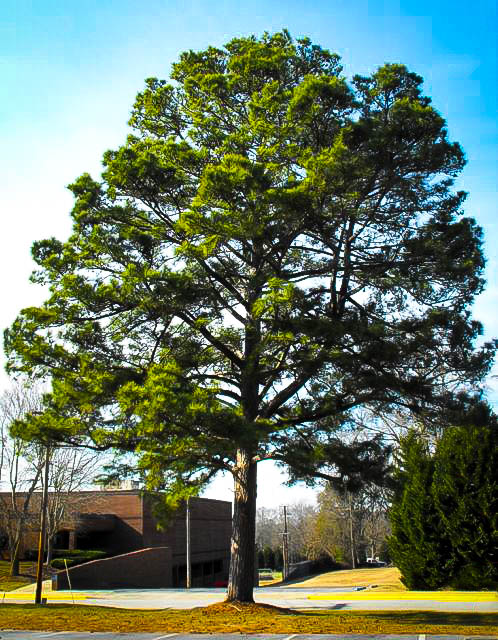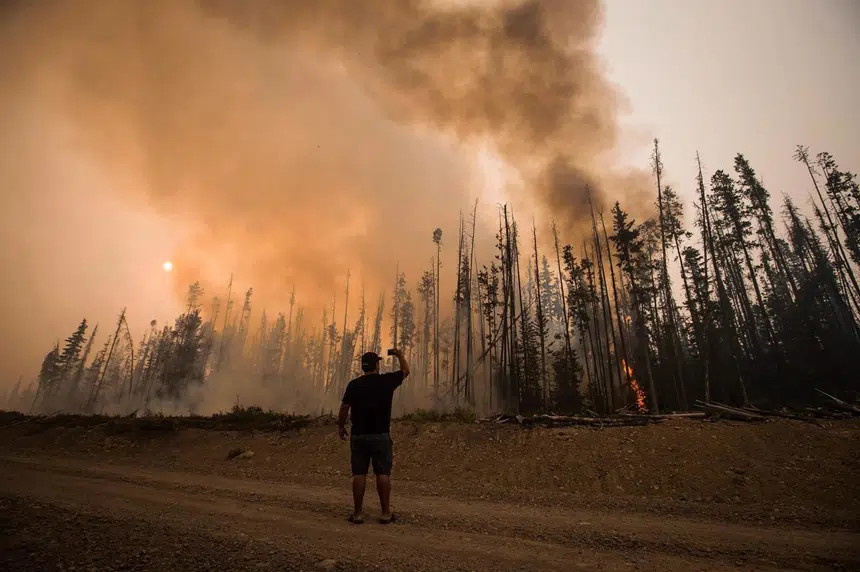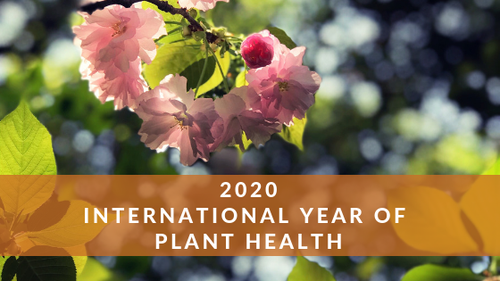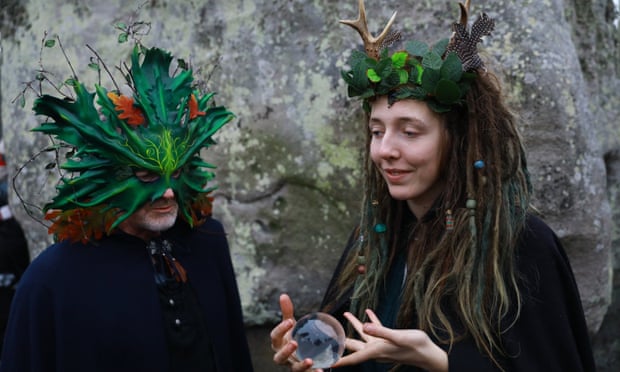 Our BIGGEST thanks to all our readers and sponsors on the SHORTEST day of the year – the winter solstice. But why the lag between the shortest day of the year and the lowest average daily temperature of the year? According to the Farmer’s Almanac, it’s because the Earth’s thermal mass still retains heat from the summer and cools gradually. The coldest day of winter doesn’t occur for another month and a half.
Our BIGGEST thanks to all our readers and sponsors on the SHORTEST day of the year – the winter solstice. But why the lag between the shortest day of the year and the lowest average daily temperature of the year? According to the Farmer’s Almanac, it’s because the Earth’s thermal mass still retains heat from the summer and cools gradually. The coldest day of winter doesn’t occur for another month and a half.
In today’s news: Trump signs 2018 Farm Bill; why construction costs are up; Canada’s smorgasbord of bad weather; why California needs to start more fires; and the ridiculously large number of trees New Zealand needs to plan to be carbon neutral.
Finally, on our last News day of the year: a Danish TREEdition and the Tree Frog’s favourite Yule Tide Fly Stew. Your faithful Frogs will be back with all the headlines on January 2nd, 2019!
Best wishes for a successful, healthy, and joyful new year!
Kelly, Sandy and Heidi













-1.jpg?width=450&name=Untitled%20design%20(73)-1.jpg)
